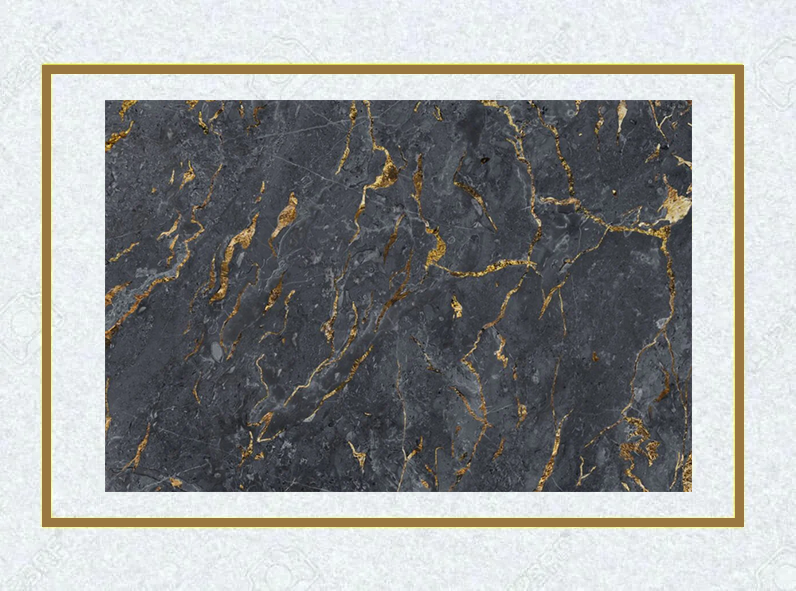Mortar is a crucial building material that has been used in construction for thousands of years. It plays a vital role in holding bricks, stones, and other construction materials together, providing stability and durability to structures. Mortar is composed of several key components, each serving a specific function. Know about the functions of these different components used in mortar for construction, and explore quality options from trusted mortar suppliers in Haryana for your building projects.
Mortar For Construction: What Are Its Components’ Functions?
- Portland Cement:
Portland cement is one of the primary components of mortar, and its function cannot be overstated. It acts as the binding agent, holding the entire mixture together. When mixed with water, Portland cement undergoes a chemical reaction, turning into a hard, durable substance that bonds the other components of the mortar, such as sand and water. Portland cement binds the other components together, creating a solid matrix that holds the building materials in place.
- Sand:
Sand is the second most important component of mortar, providing bulk and volume to the mixture. Its main function is to fill the gaps between the cement particles, making the mortarless dense and more workable.
Different types of sand can be used, and their selection depends on factors like the desired mortar strength and texture. Fine sand results in a smoother finish, while coarse sand provides greater strength. Sand provides bulk and volume to the mortar mix, filling the gaps between cement particles and preventing cracking.
- Water:
Water plays a critical role in mortar by activating the chemical reaction in the cement and allowing it to cure properly. The right amount of water is essential for achieving the desired consistency and workability of the mortar mix. Too much water can weaken the mortar, while too little can hinder its ability to bond effectively.
- Lime:
Lime is often added to mortar as a supplementary component, primarily to improve workability and reduce shrinkage during curing. It also enhances the plasticity of the mortar, making it easier to spread and work with. Lime can be used in various forms, such as hydrated lime or quicklime, depending on the specific requirements of the project.
Water and lime improve the workability of mortar by making it easier to spread, shape, and mold.
- Additives and Admixtures:
In modern construction, various additives and admixtures are frequently incorporated into mortar mixes to enhance specific properties. These additives can improve mortar’s performance in terms of workability, durability, and resistance to factors like freezing and thawing. Some common additives include air-entraining agents, plasticizers, and accelerators. The right combination of components and additives can enhance the mortar’s resistance to environmental factors, ensuring long-term structural integrity.
- Pigments:
Pigments are used in mortar to add color and aesthetics to the finished construction. While their primary function is not structural, they are crucial for achieving the desired appearance of the mortar joints and enhancing the overall visual appeal of the building. Pigments add color and visual appeal to mortar, contributing to the overall aesthetics of the finished construction.
Conclusion
Understanding the functions of its components is essential for producing mortar that meets the structural and aesthetic requirements of a construction project. Its effectiveness depends on the careful selection and proportioning of its components. The best among the top-rated mortar manufacturers in Haryana has the best stock.






